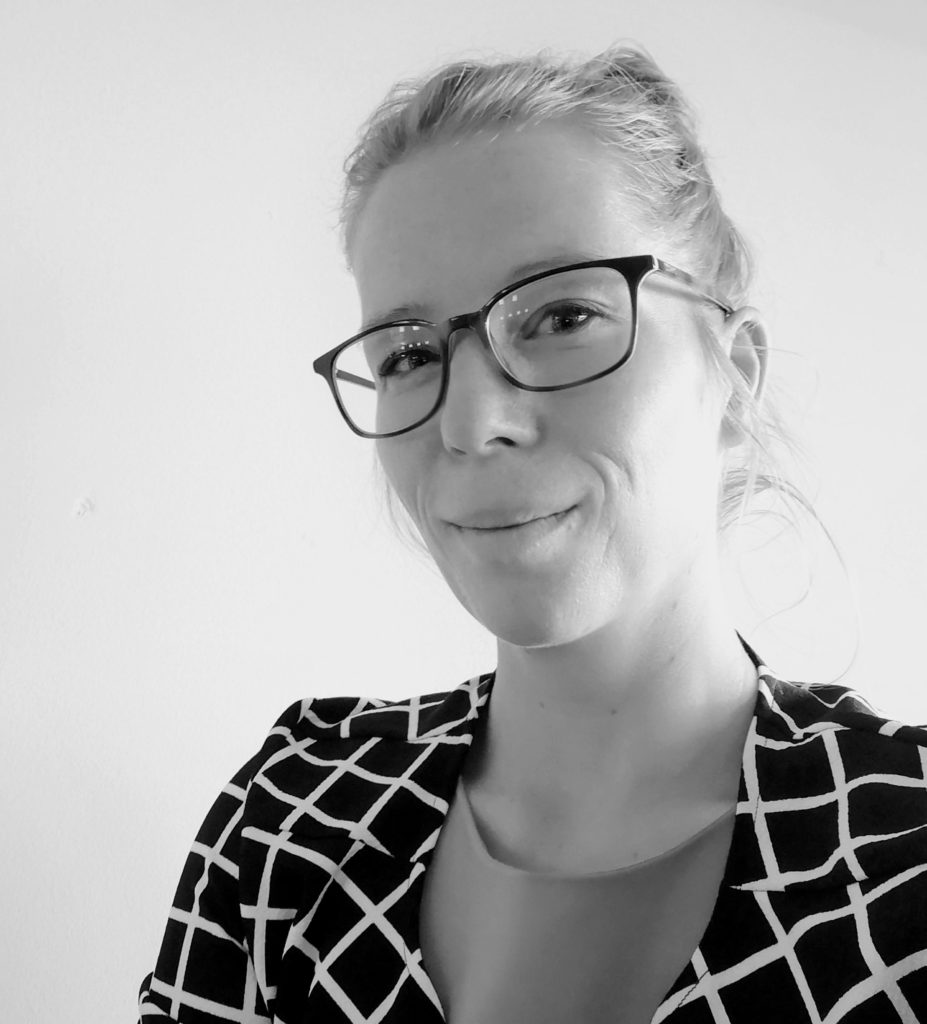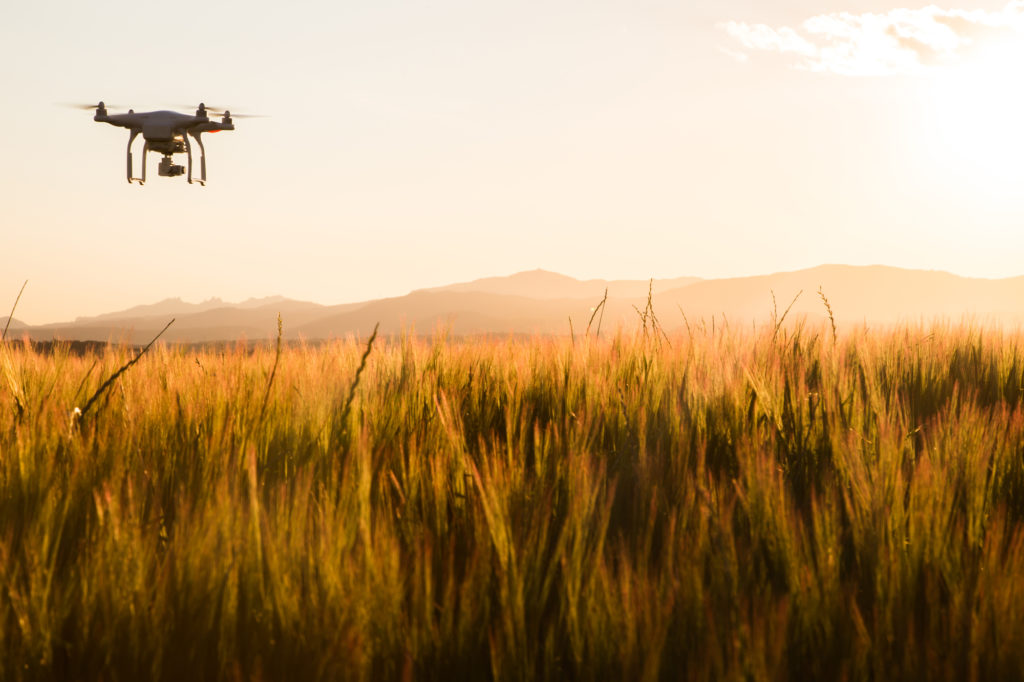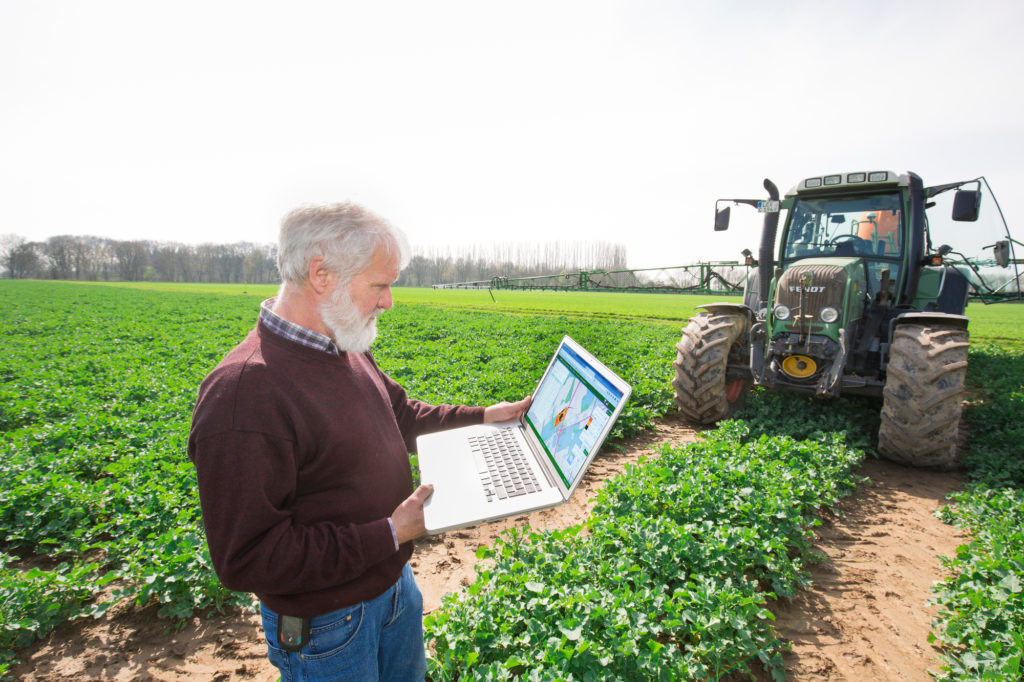Interview with Katharina Au, expert for Digital Solutions & Strategy at Bayer Crop Science, Germany.

Agriculture is under public pressure and at the same time facing major challenges. It is all about using existing scarce resources such as soil and water responsibly with a view to the future. It is important to maintain the biological balance through the careful handling of nature. At the same time, in view of the increasing extreme weather conditions with drought and storms as well as heavy rainfall, answers must be found. The key questions are: What will agriculture look like in the future? Can digitalisation contribute to this? What answers are there for farmers and the environment? The editorial team of the Bremen Cotton Report discussed the topic with Katharina Au, expert for Digital Solutions & Strategy at Bayer Crop Science, Germany.
CottonReport: As a result of the well-known challenges, what are the major fields ofaction for the agriculture of the future?
Katharina Au: Consumers and politicians, as well as those involved in agriculture are currently intensively discussing the need for further development of agriculture with a new focus. In our view, the fields of action lie in the area of the ‘magic triangle’ of ecological, social and economic sustainability. The aim is to keep the three core elements of the triangle in balance, taking regional conditions into account. For the farmers themselves, we should not neglect the clarification of questions about the economic viability of future strategies.

What are the benefits of digitalisation for farmers and agriculture?
In my opinion, digitalisation can helpmake modern agriculture more productive in the long term. Specifically, digitaltools can help us optimise water and energy use, protect the soil better anduse inputs even more purposefully and precisely.
How is thisachieved?
Firstly, digitalisation can help tomake knowledge about the areas and the cultivated crops widely available.Information about the growth of crops, the need for fertilisation and thestatus of plant health can easily be provided via digital technologies. Thissimplifies risk management. In addition, digitalisation helps us to optimisethe use of inputs on a site-specific basis and to work very precisely. Thisenables a business to manage its land productively. At the same time, acontribution can be made to reducing the ecological footprint of agriculturewith fewer CO2 emissions, while the balance between productive management andbiodiversity can also be improved.
What role dotechnologies such as robots and drones play in the context of digitalisation?
There area great number of projects that deal with robots in agriculture. And there arecertainly many different fields of application, for example as an addition tochemical crop protection in weed control, or as a harvesting aid for numerouscrops. All of these projects are heading in the direction of single plantprocessing – this is also a path towards precision, which I have alreadydescribed before. I personally do not necessarily believe that in the nearfuture we will only see swarms of robots in the fields. However, concreteindividual applications can certainly be implemented with them.
There is also a variety of possible uses for drones. On the one hand, they are used in addition to satellite images to generate image recordings for status analysis and thus obtain a higher level of detail that satellite images cannot provide. In Asia, drones are already being used very intensively to deploy inputs. There are also a number of development projects in Europe that focus primarily on very special applications, such as the treatment of steep slopes in vineyards.

In which way is digitalisation driving the business models at Bayer? How will cooperation with local farmers develop?
In addition to the seed cultivationand crop protection divisions, we consider digitalisation to be the thirdimportant pillar within Bayer’s corporate strategy.
I am convinced that digitalisation canhelp us offer even better solutions to our customers’ challenges – and at thesame time also set new market standards through innovation. In the long term,we are also working on result-oriented business models in which we do notcreate value through the volume of equipment sold, but through the result achievedon the hectare. But there is still a long way to go.
What isbehind the term ‘Climate FieldViewTM’?
Climate FieldViewTM is our entry into digital agriculture. It is a platform that simply combines all the data from the day-to-day work on a farm and thus provides a place to gain an even better understanding and insight into every single hectare using simple navigation and map visualisations. This enables better agronomic decisions to be made, with the aim of maximising yield and minimising risks.

What type ofinformation does the system provide?
On the one hand, information about theinventory development in the season is made available with the help ofsatellite images. In addition, a company has the option of importing soil mapsor historical harvest data. However, with the help of the FieldView Drive, allmeasures and the crop are recorded, above all independently of the machinetype, and processed in the Climate FieldView platform. A company can easilycompare and analyse a wide range of information. Based on this, we arecurrently developing modules in which we support specific decisions withlocation-specific recommendations. For example, we can already offerlocation-specific variable sowing cards for grain maize. But that’s not all. Weare also working on optimising the use of fertilisers and crop protection.
Can the newtechnologies also be used by smaller businesses, for example in developingcountries?
I believe that technological advancescan and will bring huge progress, especially in developing countries. Here, weare certainly talking about different applications than in highly developedcountries in Europe or markets based on large enterprises such as Brazil andUkraine.
Here, too, the focus in developingcountries is on providing information that might not be available withoutdigital technologies – even a good weather report and forecasts of disease andpest pressure or help in identifying problems can be of great help. Again, itis always about better risk management and securing and increasingproductivity.
How long will it take for digitalisation to take hold in agriculture?
Agriculture needs innovation. Thechallenges of the future cannot be overcome using yesterday’s methods.Investment in research and development is more important today than ever beforein order to run agriculture even more efficiently and at the same time moresustainably. Digital solutions for crop protection, in connection with the newgeneration of modern breeding methods, will undoubtedly play an important rolein agricultural processes in the future. They provide support to farmersregardless of the size of their farm. Digitalisation is a big and wide-rangingterm. It is not the case that digitalisation has not yet arrived at all inagriculture. But I am also certain that we can make further huge advances inagriculture using a wide variety of digital technologies. However, I am alsoconvinced that digitalisation is not a panacea – in the end, agriculture is atotal system in interaction with nature and all the pieces of the puzzle mustfit together to achieve the optimum.
Thank you for the interview!
The interviews in the column “Question Time“ embody the opinion of the respective interview partner and do not represent the position of the Bremen Cotton Exchange as neutral, independent institution.

